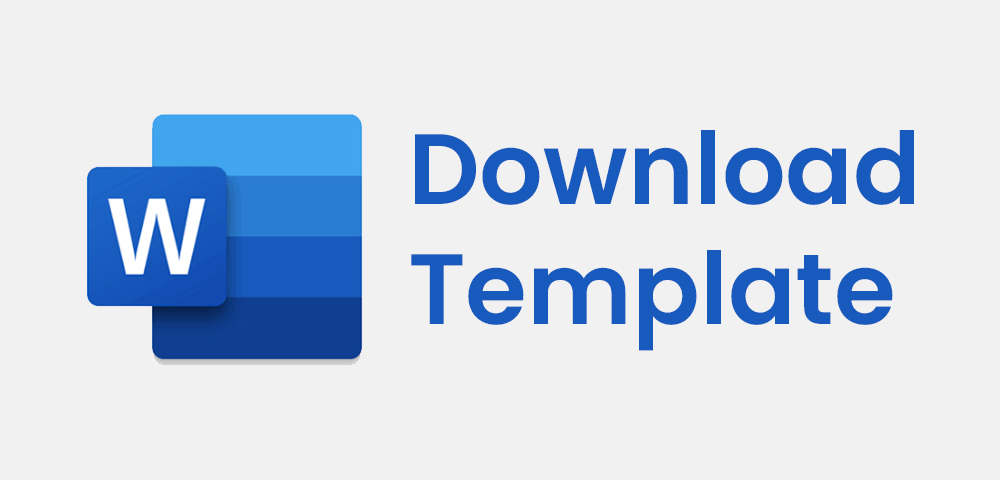PHONETICS IN DIGITAL MEDIA: IMPLICATIONS FOR SPEECH RECOGNITION TECHNOLOGY
DOI:
https://doi.org/10.59548/rc.v1i2.285Keywords:
Phonetics, Phonemics, GraphemicsAbstract
Phonetics, a branch of linguistics, examines the production, transmission, and perception of speech sounds, divided into articulatory, acoustic, and auditory subfields. Each area provides unique insights into how language sounds are generated, transmitted, and interpreted. This study explores the implications of phonetics in advancing digital speech recognition technology, particularly focusing on phoneme variation, intonation, and accent recognition. A research and development (R&D) methodology was employed, encompassing analysis, design, implementation, and evaluation stages to develop a prototype system integrating phonetic principles. The mixed-method approach combined qualitative and quantitative analyses to ensure a comprehensive evaluation of phonetics' integration in speech recognition technology. The research underscores the critical role of articulatory phonetics in modeling the production of diverse phonemes and accents, especially in complex languages like Arabic, which features unique phonemes such as pharyngeal sounds and emphatics. Findings reveal phonetics as foundational to developing inclusive and efficient Arabic speech recognition technology, with applications in language education, religious recitation, customer service, and linguistic research. This technology offers transformative potential for oral tradition preservation, inclusivity in services, and economic opportunities in the Arabic-speaking market, fostering accessibility and cultural preservation. The research highlights the interdisciplinary potential of phonetics to drive innovation, enhance social inclusion, and support the sustainable development of speech-based technologies in the digital era.
References
Abdullah, R., & Shafiq, A. (2021). Challenges and innovations in Arabic speech recognition technologies. Middle Eastern Computing Review, 18(4), 56-72.
Ahmad, F., Saeed, M., & Rahman, Z. (2019). Arabic smart assistant technologies: Trends and future directions. Arabian Journal of Innovation, 10(3), 78-94.
Al-Hamadi, T. (2020). Improving Arabic pronunciation for non-native speakers using AI tools. Language Technology Journal, 15(2), 89-105.
Al-Tamimi, S. (2014). Phonetic variation in Arabic dialects: A comparative analysis. Journal of Arabic Linguistics, 22(1), 45-67.
Hassan, A., & Elnagar, A. (2018). Automated tajweed correction in Quranic recitation using speech recognition technologies. Islamic Studies in AI, 12(3), 123-140.
Ningrum, D. K. S., Suriyani, S., & Syarfina, T. (2024). Analysis of frequency, duration, and intensity of male and female Banjar language voices using Praat software. Aksara: Journal of Language and Literature, 25(1), 185-200.
Versteegh, K. (2014). The Arabic language. Edinburgh University Press.
Watson, J. C. E. (2002). The phonology and morphology of Arabic. Oxford University Press.
Wulandari, E., Hilpia, H., & Rahma, A. (2023). Learning Indonesian phonetics in students of Sundanese origin. Morphology: Journal of Education, Language, Literature and Culture, 1(4), 37-45.
Downloads
Published
How to Cite
Issue
Section
License
Copyright (c) 2024 Attala Rania Insyra Pasaribu, Muhammad Miftah Al Khalili

This work is licensed under a Creative Commons Attribution 4.0 International License.
- Share — copy and redistribute the material in any medium or format for any purpose, even commercially.
- Adapt — remix, transform, and build upon the material for any purpose, even commercially.
- The licensor cannot revoke these freedoms as long as you follow the license terms.
Under the following terms:
- Attribution — You must give appropriate credit , provide a link to the license, and indicate if changes were made . You may do so in any reasonable manner, but not in any way that suggests the licensor endorses you or your use.
- No additional restrictions — You may not apply legal terms or technological measures that legally restrict others from doing anything the license permits.
Notices:
You do not have to comply with the license for elements of the material in the public domain or where your use is permitted by an applicable exception or limitation .
No warranties are given. The license may not give you all of the permissions necessary for your intended use. For example, other rights such as publicity, privacy, or moral rights may limit how you use the material.










 Psikotes: Jurnal Ilmu Psikologi, Komunikasi dan Kesehatan by
Psikotes: Jurnal Ilmu Psikologi, Komunikasi dan Kesehatan by 
